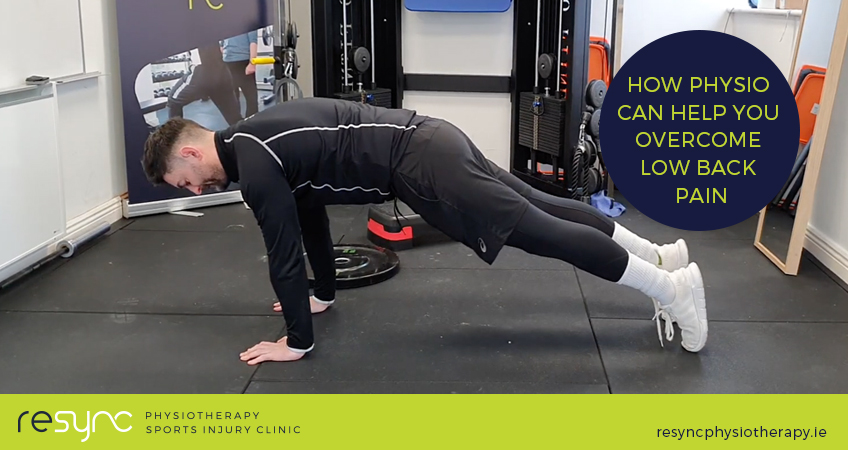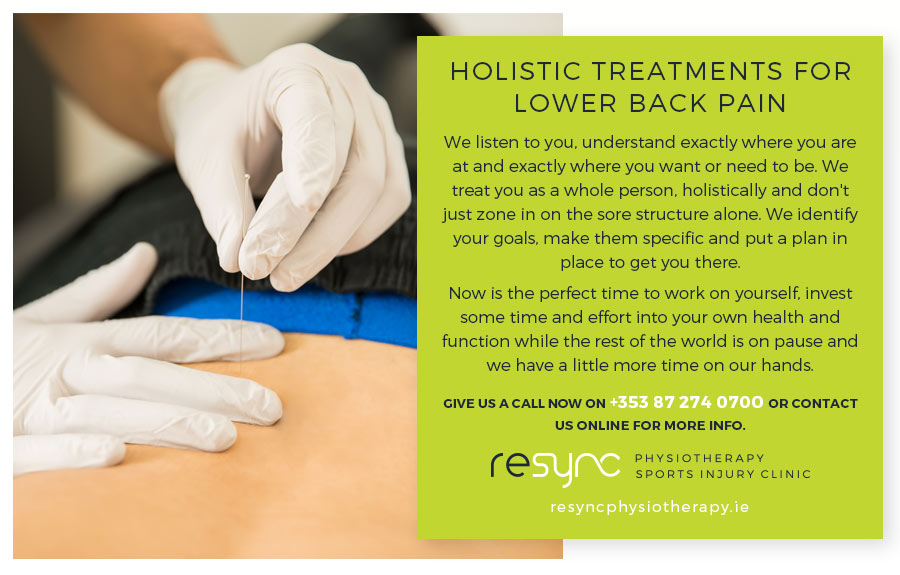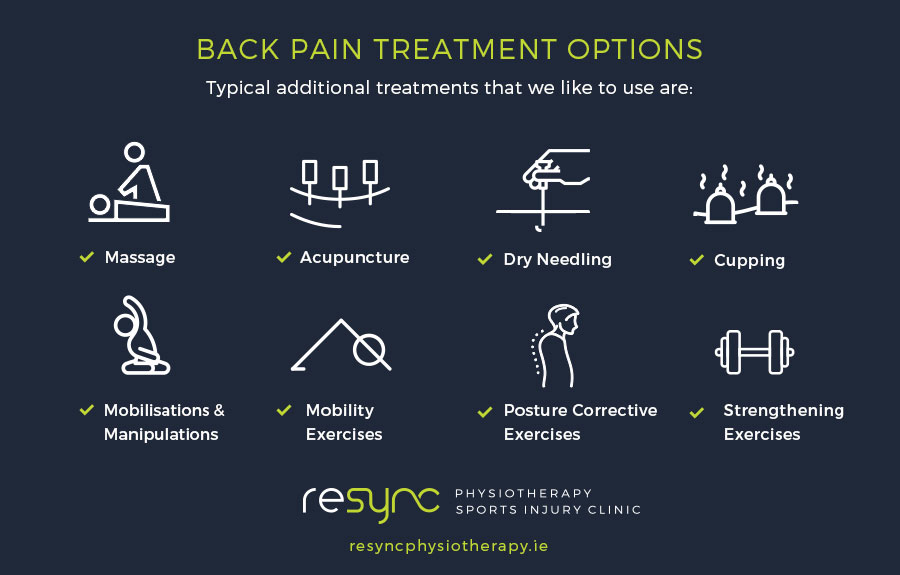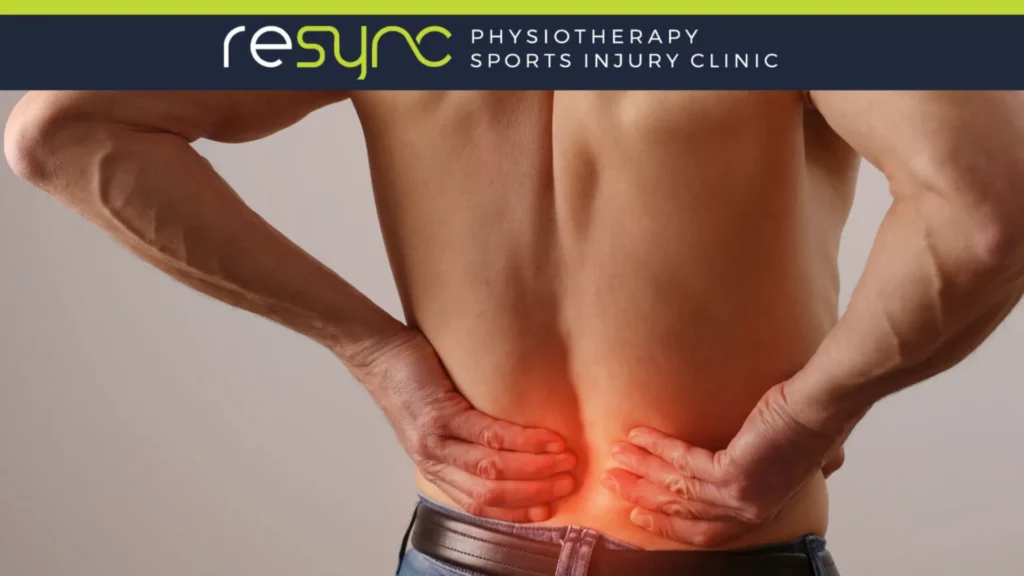Understanding Lower Back Pain: Exploring Causes and Effective Treatments
Lower back pain can be debilitating, affecting our daily lives and robbing us of the joy of movement. It’s a common ailment that millions of people worldwide experience.
If you’ve ever grappled with lower back pain, you know how frustrating and limiting it can be. But fear not!
In this article, we will delve into the causes of lower back pain and explore effective treatments to help you find relief and regain control over your life.

Understanding Lower Back Pain
Lower back pain refers to discomfort or pain localized in the area between the ribcage and the pelvis. It can range from a dull ache to sharp, severe pain, making even the simplest tasks challenging.
Sadly, lower back pain is incredibly common, affecting people of all ages and backgrounds. In fact, it is one of the leading causes of disability worldwide. It’s similar to the upper body.
Common Lower Back Pain Symptoms:
Lower back pain manifests in various ways, and its symptoms can differ from person to person. Some of the most typical signs include:
- Persistent aching or stiffness in the lower back region.
- Sharp or shooting pain that radiates down the leg (sciatica).
- Difficulty standing up straight or walking without discomfort.
- Muscle spasms or tightness in the lower back.
- Limited range of motion and reduced flexibility.
- Discomfort that worsens with prolonged sitting or physical activity.
Now that we have a basic understanding of lower back pain and its impact on individuals, let’s dive deeper into its causes and explore effective treatments in the following sections.

Causes of Lower Back Pain
Identifying the underlying causes of chronic back pain is paramount to effectively addressing and managing this common condition.
Individuals can take appropriate steps to alleviate their discomfort and prevent further complications by understanding the specific factors contributing to chronic pain.
1. Muscular and Ligamentous Strains
Muscular and ligamentous strains are among the leading causes of lower back pain. Overuse or improper use of the back muscles and ligaments can result in strains, leading to varying degrees of discomfort and limited mobility.
Common activities that often contribute to muscular and ligamentous strains include:
- Lifting heavy objects: Improper lifting techniques, such as using the back instead of the legs, can strain the muscles and ligaments in the lower back.
- Poor posture: Slouching or hunching forward for extended periods can put undue stress on the back muscles, leading to strains.
- Repetitive motions: Engaging in repetitive movements that involve the lower back, such as bending or twisting, without proper rest or stretching can result in strains.
- Sudden movements: Abrupt, forceful movements like jerking or twisting the back can cause strains, especially if the muscles and ligaments are not adequately conditioned.
2. Structural Abnormalities and Conditions
Structural abnormalities and conditions within the spine can also contribute to lower back pain. Conditions of the spinal cord, such as herniated discs, spinal stenosis, and other spinal abnormalities, can cause compression or irritation of the nerves in the lower back, leading to discomfort and pain.
- Herniated discs occur when the soft, gel-like material inside the spinal discs protrudes through a tear in the outer layer. This can pressure nearby nerves, resulting in localized or radiating pain.
- Spinal stenosis refers to the narrowing of the spinal canal, which can compress the nerves and cause pain, numbness, or tingling in the lower back and legs.
Structural abnormalities, whether congenital or acquired, can disrupt the natural alignment and functioning of the spine, leading to chronic lower back pain. Identifying these underlying conditions is crucial for determining the appropriate treatment approach.
3. Poor Posture and Biomechanics
The relationship between posture, alignment, and lower back pain is significant. Poor posture, characterized by slumping or slouching, places excessive strain on the muscles, ligaments, and lower back discs, contributing to pain and discomfort.
To prevent or manage lower back pain, it is essential to consider ergonomic factors and make adjustments to promote proper posture and biomechanics. Some important considerations include:
- Ergonomic workstations: Ensuring that workstations are ergonomically designed can help maintain proper spine alignment while sitting for extended periods.
- Lifting techniques: Implementing proper lifting techniques, such as bending at the knees and keeping the back straight, can reduce the risk of strains and injuries.
- Exercise and stretching: Regular exercise and stretching routines targeting the core muscles and promoting flexibility can help support the lower back and improve posture.

Effective Treatments for Lower Back Pain
Addressing lower back pain requires a comprehensive approach that combines various treatment modalities.
From non-surgical interventions to interventional procedures and other treatments with surgical options, several effective treatments are available to relieve pain and promote recovery.
Non-surgical Interventions
- Medications for pain relief and inflammation: Nonsteroidal anti-inflammatory drugs (NSAIDs), muscle relaxants, and analgesics can help manage pain and reduce inflammation in the lower back.
- Physical therapy and exercises for strengthening and flexibility: Therapists may employ various techniques, including stretching exercises, core strengthening exercises, and manual therapy, tailored to the individual’s condition.
- Heat and cold therapy:: Heat therapy, such as applying heating pads or taking warm baths, can help relax muscles and alleviate pain. Cold therapy, using ice packs or cold compresses, can reduce inflammation and numb the area.
Surgical Options
Surgical options for lower back pain vary depending on the underlying cause. Examples include discectomy for herniated discs, laminectomy for spinal stenosis, or spinal fusion for spinal instability. These procedures aim to alleviate nerve compression, stabilize the spine, or repair structural abnormalities.
After surgery, a comprehensive rehabilitation program is typically recommended to promote healing, restore mobility, and strengthen the supporting muscles. This may involve physical therapy, exercises, and lifestyle modifications to prevent complications and promote long-term recovery.
Prevention and Lifestyle Changes
Preventing severe back pain and maintaining a healthy spine involves adopting certain lifestyle changes and practicing good body mechanics. Here are some key strategies:
- Maintaining a healthy weight – Maintaining a healthy weight through proper nutrition and regular exercise helps alleviate strain on the back muscles and promotes overall spine health.
- Ergonomic considerations for work – Ensuring ergonomic workstations, with appropriate chair height, desk setup, and monitor position, can help maintain proper posture and reduce strain on the lower back.
- Maintaining good posture and body mechanics – Maintaining good posture throughout the day, whether sitting, standing, or walking, helps distribute the forces on the spine evenly and reduces the risk of developing lower back pain.
Conclusion
Gaining a comprehensive understanding of chronic low back pain, including its causes and effective treatments, is crucial for individuals seeking relief and improved quality of life.
With the combination of knowledge, proactive measures, and personalized back pain treatment approaches, individuals can navigate the challenges of lower back pain and strive towards a healthier, pain-free existence.
We hope this article helps and if you need help with your lower back pain issues, get in touch today.

